Common horehound / Marrubium vulgare L. / is a perennial herb with a grey-green color. It belongs to the Lamiaceae family. The stems reach up to 19.7″ (50 cm), quadrilateral and branched. Its leaves are pinnately compound, with petioles, round or broadly oval, serrated, and with very prominent veins below.
The flowers of common horehound are white, placed in the base of the upper leaves. The calyx has 10 identical curved teeth. The corolla is bilabial, with the lower part having a short, side and broad middle portion and the upper lip is binary down to the middle. The stamens are four in number, enclosed in the tube of the corolla. The fruit is composed of four, oblong, 3-sided nuts.
Common horehound is widespread throughout grassy areas near fences and roads. It blooms from June until September. It is also known as white horehound. It is found in Europe, excluding the majority of Northern Europe.
Composition of common horehound
Common horehound contains the bitter diterpene lactones prema-ruby and marbun, as well as vulgarol. Its composition also includes gallic acid, B-sitosterol, choline, bitter substances, essential oils, tannins, resins, alkaloids, organic acids, saponins, sugar, waxes and more.
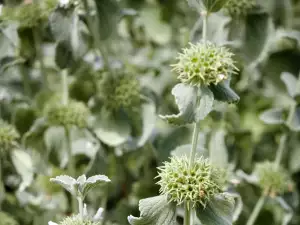
Collection and storage of common horehound
The above ground blooming part of the plant is collected for medical purposes. The stalks are harvested in May-July, during the time of flowering. They are cut off about 7.9″ (20 cm) from the top.
It is dried in the shade and stored in a cool, well-ventilated area. A well dried herb has a pale green color, bitter taste and pleasant smell. The maximum humidity allowed for dried common horehound is about 14%.
Benefits of common horehound
Common horehound has very good expectorant, disinfectant, constipating, cholagogue and powerful antispasmodic actions. The herb is used for spasms in the smooth muscle organs, chronic diarrhea, and cardiac arrhythmia. Common horehound has a beneficial effect on abnormal heart rhythm.
It is used for diseases of the liver, inflammation of the kidneys and bladder, rheumatic fever, rash of the skin, gastro-intestinal infections, diabetes. The herb is a valuable tool against bronchitis, whooping coughs, shortness of breath and laryngitis. It is also used as a means of lowering blood pressure.
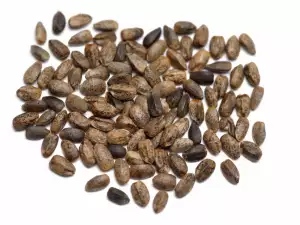
Specialized shops sell organic common horehound juice. It is a very good remedy for coughs, stimulates the secretion of body fluids, not only in the respiratory tract but also in the stomach. It has an expectorant effect in catarrhal inflammation.
The daily dose for adults and children over 12 years is 2 tsp (10 ml) of its juice before meals, three times daily. Strictly follow the package instructions for the daily dose, in order to avoid any complications. Common horehound is used in perfumery and the brewing industry.
The results of experimental data show that the alcohol extract of common horehound is a good cough remedy for chronic bronchitis and emphysema.
Traditional medicine with common horehound
In folk medicine, common horehound is recommended for hemorrhoids, intestinal worms, irregular menstruation, cough, diseases of the spleen and liver, rheumatism and bronchitis.
Externally, it is used in baths for skin rashes, hemorrhoids, wounds, sores, and decoctions for the inflammation of the lymph glands and boils.
In folk medicine common horehound is especially great for cholecystitis and hepatitis.
For internal use, 2 tablespoons of common horehound is mixed with 2 cups (500 ml) of water and boiled for 5 minutes. The potion is drunk 15 minutes before meals, 4 times a day, at 2/5 cup (100 ml) per serving.
For coughs, you can prepare a decoction of 2/5 cup (100 g) of common horehound, which are topped with 3 1/5 cups (750 ml) of water. Boil for 30 minutes for half the water to evaporate, drain and sweeten with sugar.
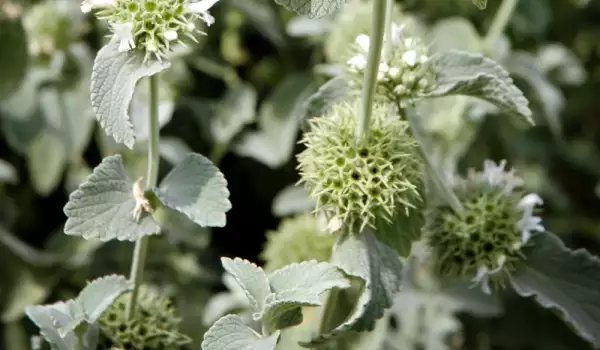
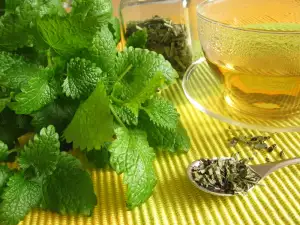
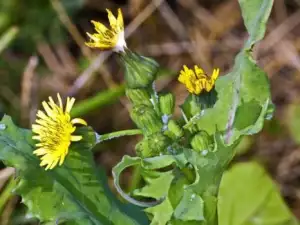
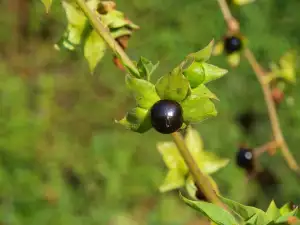

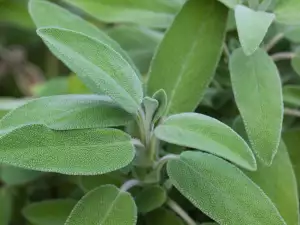
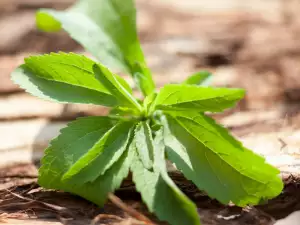
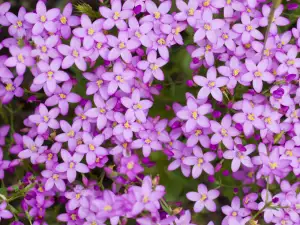
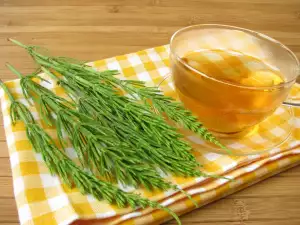
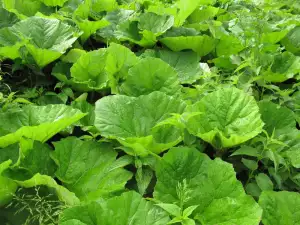
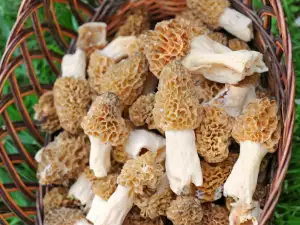



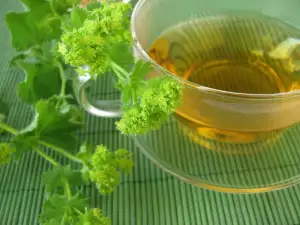


Comments